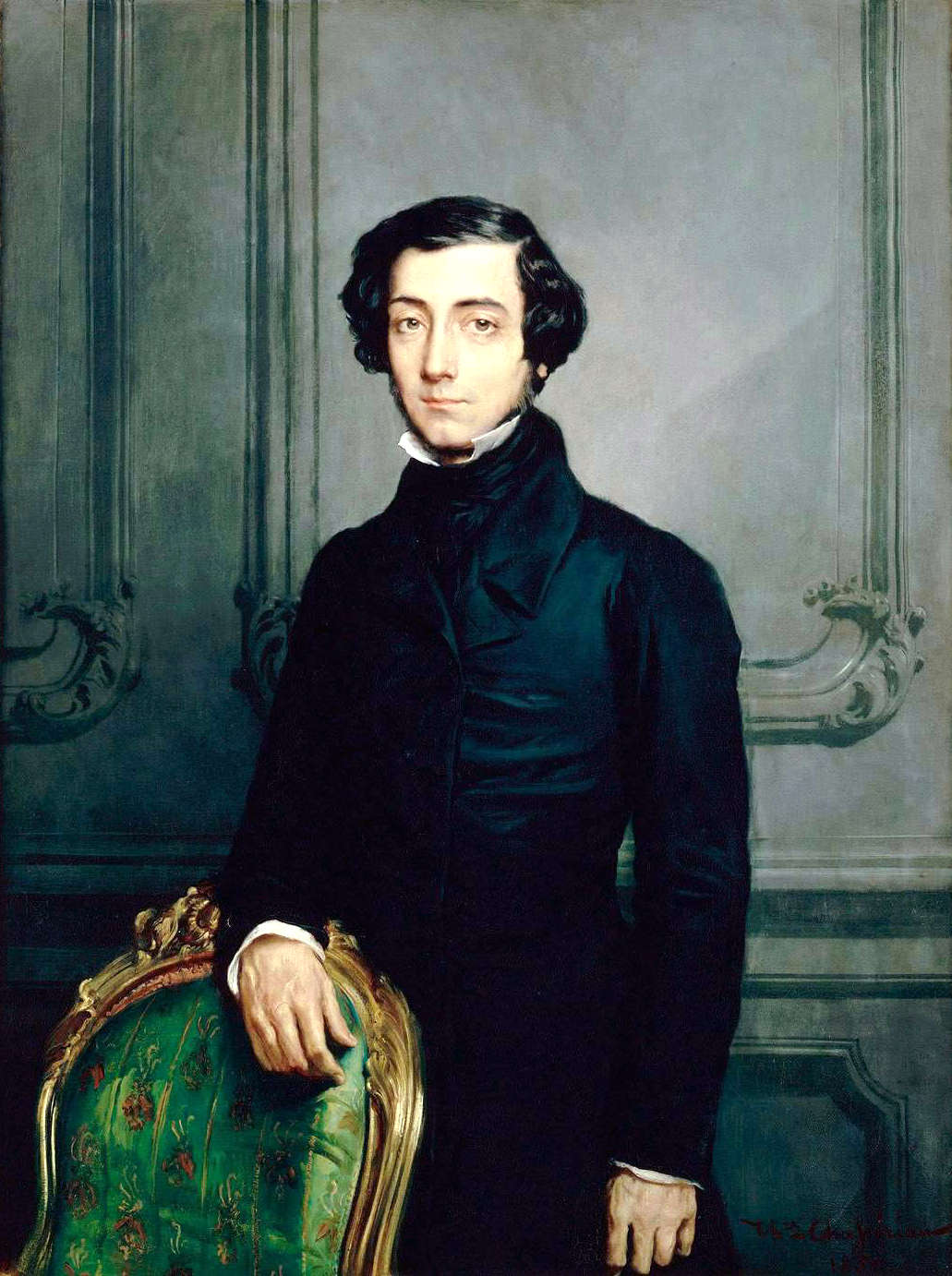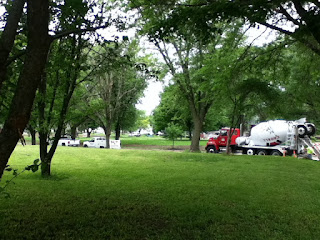Pope Francis's second encyclical, Laudato si', is a tour de force of prophetic political thought, addressing a broad set of contemporary social ills and calling for radical change in how humans think about the world in which we live. Its 246 numbered paragraphs are eminently readable, often poetic, and draw on a variety of scriptural, religious and scientific sources. Francis's treatment of climate change has received a lot of attention--particularly his reference to "A very solid scientific consensus" on a "disturbing" level of global warming (para. #23)--but the subject is addressed in the encyclical within a more general context of human relationships to nature as well as to each other. Without rejecting established doctrine, the Pope continues his fruitful efforts to change the Church's focus from enforcing rules to engaging with people in their real lives.
An argument that runs through the piece is that human individualism has become unmoored from social or moral restraints, and as such has contributed to widespread natural destruction and human misery. The first section catalogs what is known about problems such as pollution, climate change, access to clean water, extinctions, habitat loss, human poverty, inequality and "the breakdown of society." Pope Francis blames "special interests," specifically in the technological and financial sectors, for blocking effective political responses to global problems, such that the most one can expect is superficial rhetoric, sporadic acts of philanthropy and perfunctory expressions of concern (54). Human activity, "often in the service of business interests and consumerism" has negatively impacted the natural world (34). Powerful communications corporations too come in for criticism: "Media and the digital world" have abetted social pathologies (47). But the rest of us are quick to buy into, for example, a "throwaway culture" that contributes to waste and pollution (22). Overuse and commodification lead to depletion of natural resources like drinkable water (ch. I-section ii) and degrade the lives of the poor (I-vi). "Practical relativism" gives "absolute priority to [our] immediate convenience" (122). We comfort ourselves with "irrational confidence in progress and human abilities" (19)... a "modern anthropocentrism" that doesn't even bother to check to see if anyone or anything is being harmed (III-iii).
The "rapidification" of human activity (17) has brought benefits but has also had clear losers:
- The poor and those in developing countries feel the biggest impacts of climate change (I-i). They are crowded into polluted cities, with restricted access to the beauty of nature (I-iv). Resource extraction and consumption by the North impact the global South (I-v). The poor lack access to housing (IV-iii), and technology threatens employment opportunity (III-iii). Feelings of instability and uncertainty driven by the economy lead the poor, too, to self-preoccupation (VI-i).
- "Those who come after us" will also need to use the environment, and deserve a culture based on values and purpose instead of rampant individualism (IV-v). Future generations lose the ability to make use of animal and plant species made extinct by human activity (I-iii). Loss of resources raises the threat of wars (I-vi).
- The natural environment is degraded by human activity as in the loss of virgin forests and wetlands, marine life, coral reefs, and the Amazon and Congo river basins (I-iii).
The Pope's ultimate goal is ambitious. He aims to provoke major "development in human responsibility, values and conscience" (105) appropriate to the technological developments that seem to be running amok. The key is to embrace the benefits of, say, technology, but pay attention to their consequences, particularly their impacts on the more vulnerable parts of Creation. Integral ecology begins with recognizing the interconnection of everyone and everything (142), while the principle of the common good requires establishing "conditions of social life" that allow everyone, including the poor and families, ready access what they need for "their own fulfillment" (156, quoting a 1965 document issued by Vatican II). This right supersedes even the right to private property (II-vi).
Rather than embracing any existing policy platform, however, Pope Francis calls in Chapter V for dialogue about these problems that is inclusive, transparent and aimed at the common good as well as human fulfillment. The goals are extended to the natural world in Chapter VI, which calls for a "covenant between humanity and the environment" (VI-ii) and "an ecological spirituality grounded in the convictions of our faith" (216). The Pope actually rejects policy options that seem oriented to his concerns but fall short of wholesale change: carbon tax and cap-and-trade approaches to climate change, he argues, work to the disadvantage of the very poor by making energy less affordable and blocking efforts to develop poorer countries and regions (V-i). What he wants is not adoption of this or that mitigation, but a wholesale rethink of our ideas and institutions.
Pope Francis takes explicit pains to seat his argument in the Christian tradition. Here he anticipates the reactions of people like Republican presidential candidate Jeb Bush--"I think that religion ought to be about making us better as people and less about things that end up getting into the political realm"--which articulates a concept of religion as fluffily disengaged from the world. The introduction to the encyclical cites St. Francis of Assisi--an "example par excellence of care for the vulnerable and of an integral ecology lived out joyfully and authentically" (10)--speaking of the Earth as sister and mother (1), as well as statements on the environment by four of his five immediate predecessors in Rome (3-6; the exception is the unfortunate Pope John Paul I, who served a very short time in 1979). Part II of the encyclical is devoted entirely to arguing the need for Christians to be heard on this issue. He cites Biblical accounts of Creation to argue that God is not only the Creator but is present and revealed to us in Creation, with an ongoing "loving plan in which every creature has its own value and significance" (76). As such humans owe a duty of care to each other and to the natural world that extends to "unwavering commitment to resolving the problems of society" (91); no exclusion or mistreatment is permitted.
At the same time the Pope is attentive to non-Catholics and non-Christians. His list of authorities is wide. And he concludes with two prayers, one explicitly Christian and one "we can share with all who believe in a God who is an all-powerful Creator" (246).
With regard to urban life, the Pope seems ambivalent. Writing about cities, he often accentuates the negative:
Nowadays, for example, we are conscious of the disproportionate and unruly growth of many cities, which have become unhealthy to live in, not only because of pollution caused by toxic emissions but also as a result of urban chaos, poor transportation, and visual pollution and noise. Many cities are huge, inefficient structures, excessively wasteful of energy and water. Neighbourhoods, even those recently built, are congested, chaotic and lacking in sufficient green space. We were not meant to be inundated by cement, asphalt, glass and metal, and deprived of physical contact with nature. (44)On the other hand, he advocates design that aims at "people’s quality of life, their adaptation to the environment, encounter and mutual assistance. Here too, we see how important it is that urban planning always take into consideration the views of those who will live in these areas" (150). He calls for preservation of familiar landmarks as well as connections between different parts of the city (151). Public transportation needs to take priority over car-centered development: Many cars, used by one or more people, circulate in cities, causing traffic congestion, raising the level of pollution, and consuming enormous quantities of non-renewable energy. This makes it necessary to build more roads and parking areas which spoil the urban landscape (153). Urbanists would argue that if we heed #150-153 we can overcome the problems in #44.
Pope Francis's wished-for paradigm shift is hugely ambitious; his rejection of partial measures that remain within our current way of thinking means his project is all-or-nothing. It relies on others, in and out of the Catholic Church, to follow up with dialogue that he hopes will lead to new understandings, approaches and solutions. This is a conversation we absolutely need to have if we are going to live together in the future. And what alternative do we have?
REFERENCES
Laudato si' (Praise be to you): Encyclical letter of Our Holy Father Francis on Care for Our Common Home, 24 May 2015, http://w2.vatican.va/content/francesco/en/encyclicals/documents/papa-francesco_20150524_enciclica-laudato-si.html
Ben Brown, "Pope Goes Global: Let's Talk Local," Place Makers, 22 June 2015, http://www.placemakers.com/2015/06/22/pope-goes-global-lets-talk-local/
William Shweiker, "How's the Weather in Rome?" Sightings, 2 July 2015





















